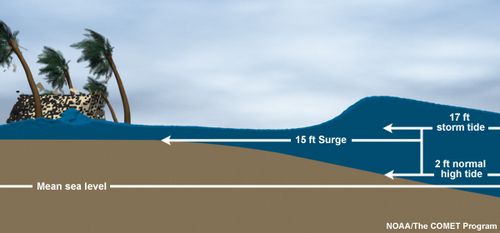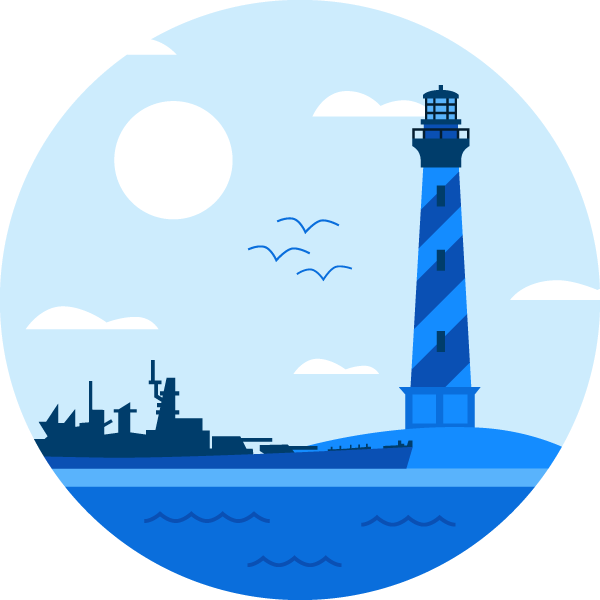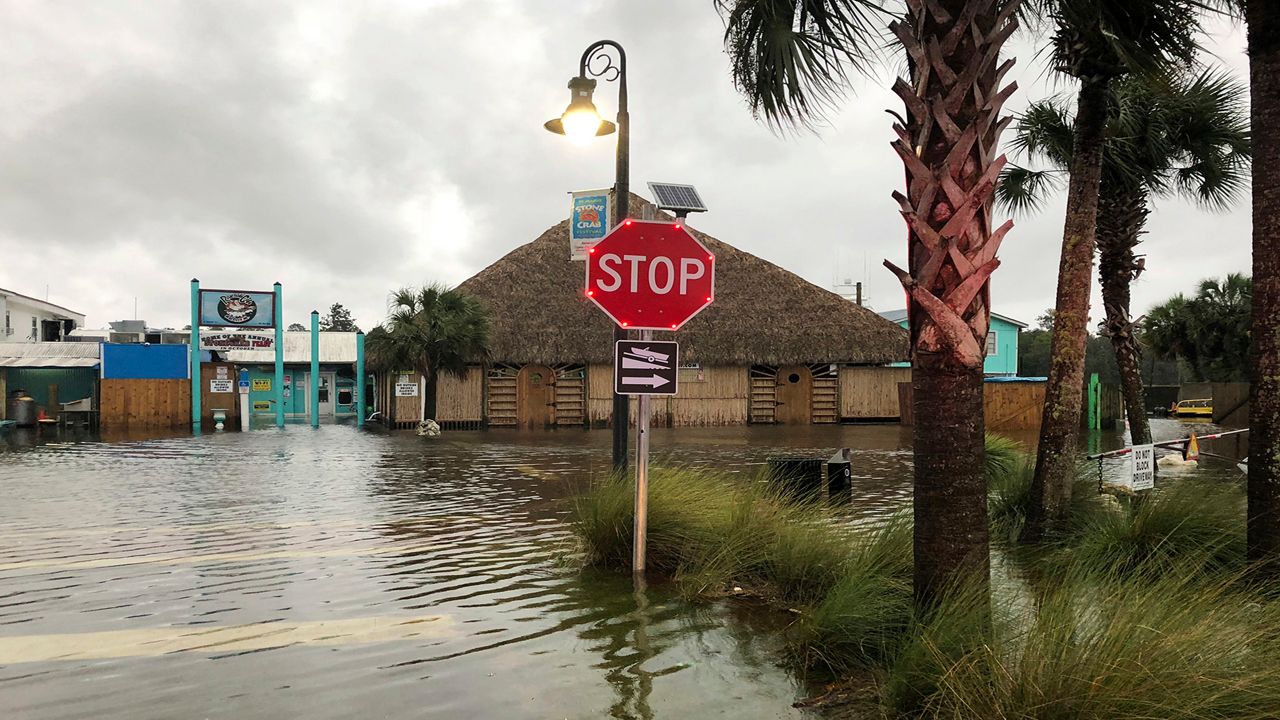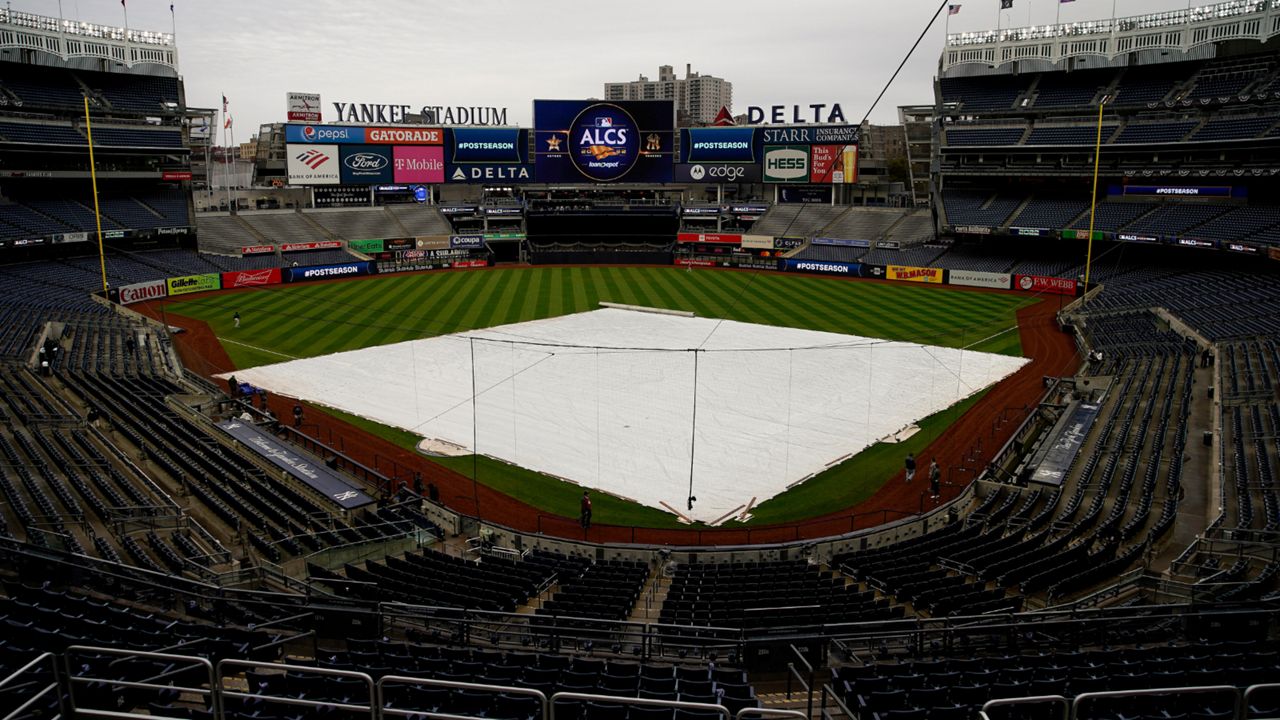A hurricane’s wind speed grabs lots of attention, but it’s a hurricane’s power to move water that is the most dangerous.
A hurricane’s wind pushes water easily, and as it approaches land, it easily rises over the ground. Storm surge is that rise in water, in addition to what would have already happened from normal tides.
If a storm hits at high tide when the water would normally have come up two feet, but there’s a 10-foot surge, then the so-called "storm tide" will be 12 feet. Since water weighs about 1,700 pounds per cubic yard, the force of the water becomes incredible.

- Wind speed: stronger wind pushes more water, allowing it to "pile up" even higher.
- Size: larger storms push water over a larger area, and the wind lasts longer, both causing higher surge.
- Motion: faster storms cause higher surge on open coasts, while slower storms cause higher surge in bays and sounds. Storms that approach the coast straight-on also produce higher surge.
- Pressure: lower pressure allows water to bulge and creates a higher surge, although this isn’t a major factor.
- Ocean and land features: a gradually sloping ocean floor up to land causes higher storm surge. Barrier islands, bays, and other geography affect the local storm surge.
The Saffir-Simpson scale, or a hurricane's category number, is based only on its wind speed. It doesn’t illustrate the full scope of threats, whether it’s flooding rain or storm surge. For example, Hurricane Irene was a Category 1 hurricane when it made landfall in North Carolina in 2011, but still produced a damaging storm surge of around 10 feet.
.png)
You can see your storm surge risk here.









